

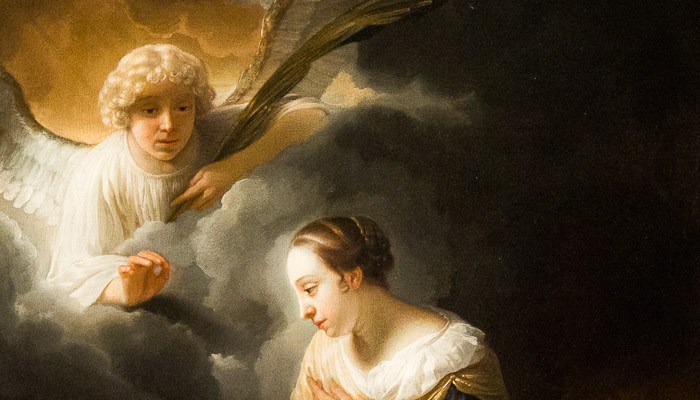

As a result of the Met's European Paintings galleries continued renovation, many core pieces of the permanent collection are not on display. This exhibit puts some of those highlights back on display with a look at the ever-popular Golden Age of Dutch paintings from the 17th-century headlining Rembrandt, Vermeer, Hals, and more.


This exhibition will expand your definition of jewelry. MAD has long featured jewelry as a core part of its mission, but exhibits tend to look at the styles of previous generations. This exhibition brings together 45 contemporary artists who are redefining what can be considered *jewelry* for a new generation. The exhibition features pieces inspired by social protest, the space age, and a digital world.
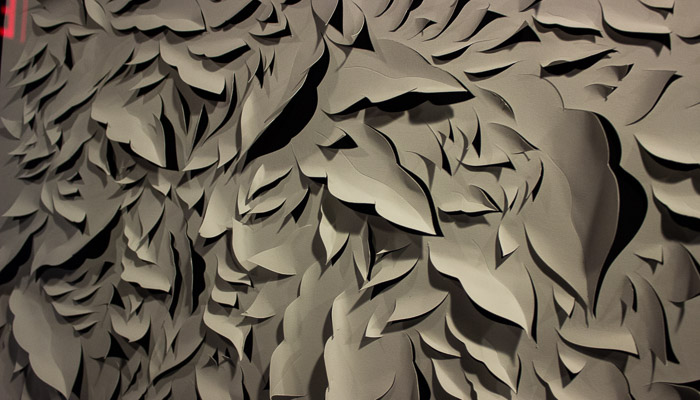

With artwork drawn from the Yeshiva University’s own collection, this exhibit highlights the contributions made to contemporary art by artists working out of Israel. Featured artists include the Russian-born painter Moshe Tamir whose 1949 painting *Wounded Amnon* won the Young Israeli Artist Award from the Tel Aviv Artist’s House. Michael Gross and Debbie Kampel also contribute significant pieces to the exhibition.
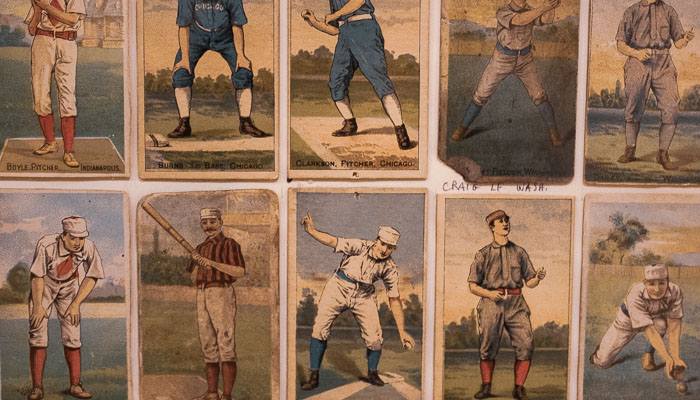

The Met almost always has a small sample of baseball cards from the vast collection of Jefferson R. Burdick on display in a small corner of the American Wing. It is an altogether appropriate addition of a uniquely American art form based on a uniquely American sport. It takes some searching to find the display, tucked away in visible storage, but it is well worth the trouble.


The Museum of the City of New York continues to add to its vast collection, particularly in the area of photography. This long-running exhibit showcases recent additions to the collection. The main gallery is filled with contemporary photography, including works by Harvey Want and Bruce Davidson. The supplemental gallery adds posters, fashion, and historic objects related to the history of New York. This is a perfect fit for the museum and pairs well with the core story.
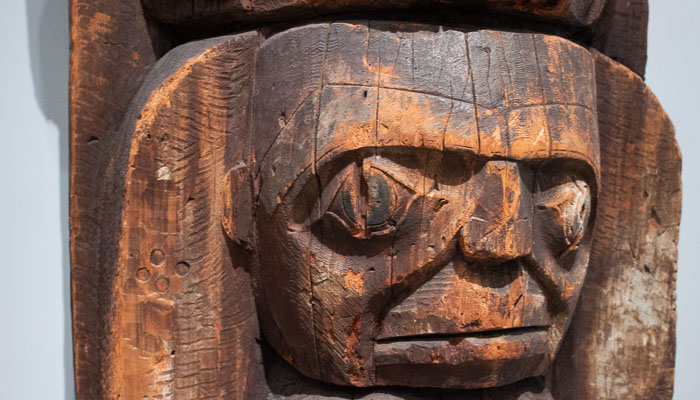

This powerful exhibition draws upon the museum's vast holdings of Indigenous art to consider the impact of climate change on Indigenous peoples across the Americas. The exhibit gathers over 60 objects, some of them almost three millennia old, which examine traditional Indigenous relationships with nature as well as the potential threat climate change poses to their traditional and contemporary ways of life.
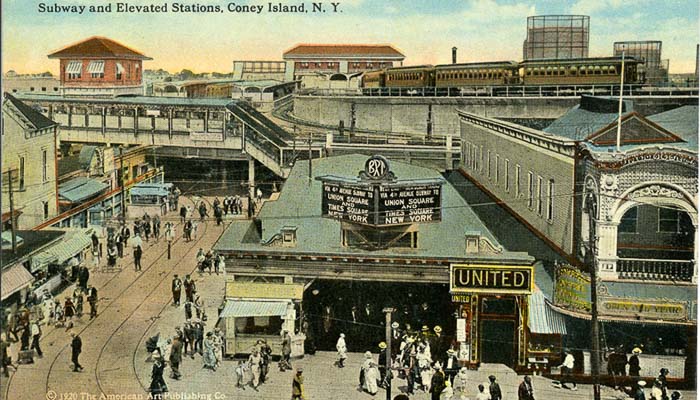

In addition to its own unique collection, the Coney Island Museum hosts this exhibit, originally curated by the New York Transit Museum in 2017. While trimmed down from its original size, the charming exhibit focuses on the transportation challenges faced during the height of Coney Islands popularity, demonstrating that a key to the resort's success was the inexpensive transportation of millions of visitors from Manhattan and beyond.


This rotation of the Neue Galerie’s permanent collection includes such blockbuster pieces as Gustav Klimt’s *The Black Feathered Hat* and the golden portrait of Adele Block-Bauer. In addition to the room full of Klimts, you’ll find sculptures by George Minne, including *The Bather* and several landscapes by Egon Schiele. This is the core of what you can expect from the Neue.
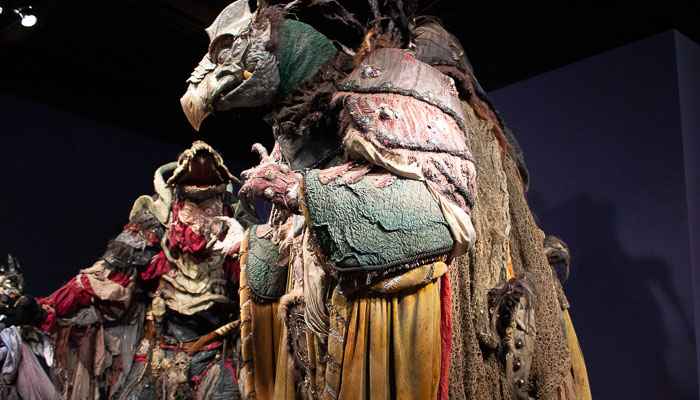

Continuing with the museum's celebration of Jim Henson, this exhibit features the actual puppets used in the new Netflix film "The Dark Crystal: Age of Resistance". Marvel at the detail of each figure and follow the design process from early sketches to completion, while remembering the entertainment revolution sparked by Jim Henson.


None


This epic exhibition takes a detailed look at “abolitionist art.” Studies of the Abolition movement in America and Great Britain look primarily at the political and economic efforts of the abolitionists and enslaved persons. However, much more intimate efforts were made to promote abolitionist ideas through artistic and cultural means. This exhibit gathers a wide variety an anti-slavery artwork, poetry, music, and pamphlets that helped spread the cause in the nineteenth century.
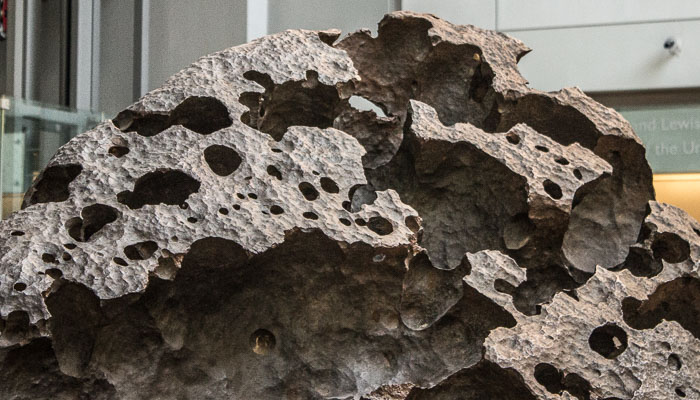

For the first time in over six years, a new film is showing at the Hayden Planetarium. Replacing Neil deGrasse Tyson's *Dark Universe* is *World's Beyond Earth*, which explores the significant differences between the planets in our solar system. The 25-minute film screens every half hour throughout the day, though timed tickets (at an additional fee) are required.


In many ways, this is the most important exhibition in the museum. Himalayan Art is unique and beautiful but draws on history, legends, traditions, and methods often unfamiliar to Western viewers. This exhibition walks you through the basics: the difference between Buddhas and Bodhisattvas, the meaning of the different postures and hand gestures, the common compositions of paintings. Time invested here pays off in the rest of the museum and through the city's other major collections of Himalayan Art.


This semi-permanent exhibition is the highlight of the Rubin. The Shrine room is a detailed representation of a private shrine in the household of devoted practitioners. Filled with elaborate scroll paintings, traditional objects, ritualistic instruments, and (simulated) candles, the installation invites users to experience the serenity of a place dedicated to personal mediation and quiet contemplation.
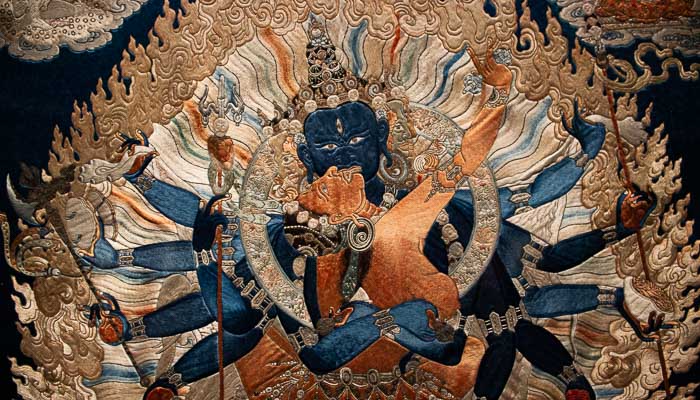

This exhibit is at the core of the Rubin Museum. The Rubin's collection is regularly reshuffled through this exhibition, giving you an overview of the breadth of the museum's holdings. The organization of the exhibit is roughly geographic, focusing on the different regions of Tibet, India, Kashmir, Nepal, and Mongolia. Many of the pieces date as far back as the 12th and 13th centuries. Start first at the *Gateway to Himalayan Art* exhibit to help understand the masterworks on display here.
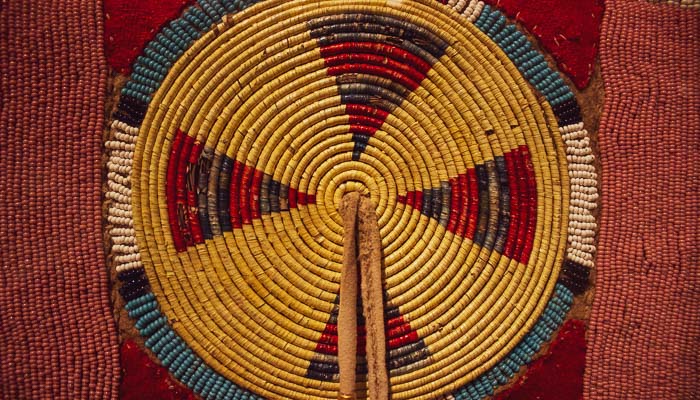

The Met has a long history of collecting and displaying art produced by the indigenous peoples of the world in its large [Arts of Africa, Oceania, and the Americas Collection](/museums/metropolitan-museum-of-art/collections/arts-of-africa-oceania-americas). This exhibition of recent acquisitions marks a revolutionary change. Showcased alongside the colonial rooms and baseball cards in the American Wing, this marks the first time Native American arts have been included in the museum's definition of 'American.'
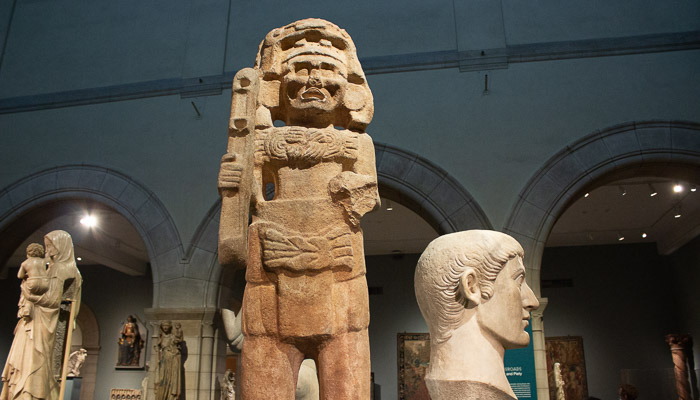

*Crossroads* is an interesting experiment in curation. The Met uses physical intersections in the museum to showcase cultural intersections. Most of the interesting evolutions in creative culture are the result of the blending of disparate cultures at key locations and important times. The island of Cyprus is a perfect example of this phenomenon. See this, then explore the four other installations related to this.
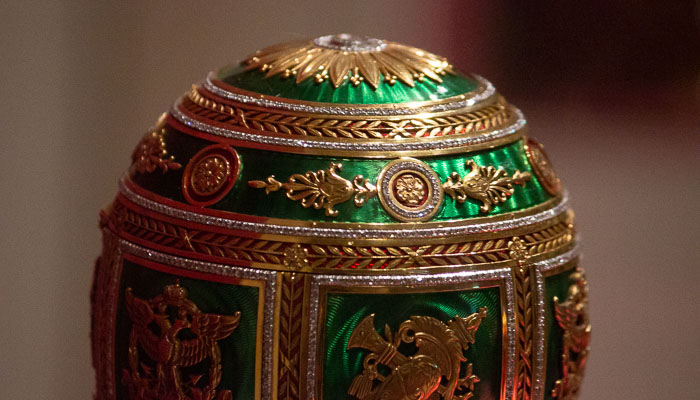

Matilda Geddings Grey's collection of Faberge has been on display at the Met since 2011, seemingly an ever-present part of the museum's collection. However, the long-term loan is coming to an end, scheduled to close at the end of November 2021. You still have plenty of time to see this unique collection, which includes three of the famed 50 Imperial Easter Eggs commissioned by the Romanov family in 1885.


Crimean Tatars are an ethnic group considered the indigenous people of Crimea. After suffering centuries of invasion and occupation, in May of 1944, the entire Tatar population--over 180,000 people--was forcibly exiled to Central Asia. Artist Zarema Yaliboylu revisits the lasting impact of this Stalinist crime. Combining contemporary portraits and stories of those who survived the exile, the artist shows the individual impact of large-scale tragedy.
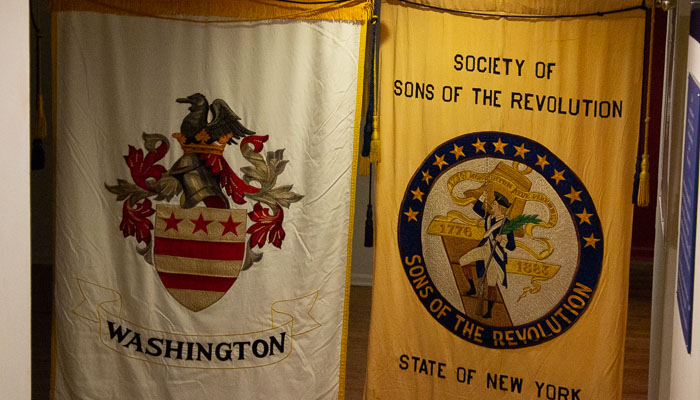

This long-running exhibition takes a detailed look at the Sons of Liberty in New York City. The revolutionary organization was responsible for some of the most dramatic acts of rebellion in the years leading up to the American Revolution, including a tea party in New York's harbor and the removal of a statue of King George. The exhibit features objects related to these events.
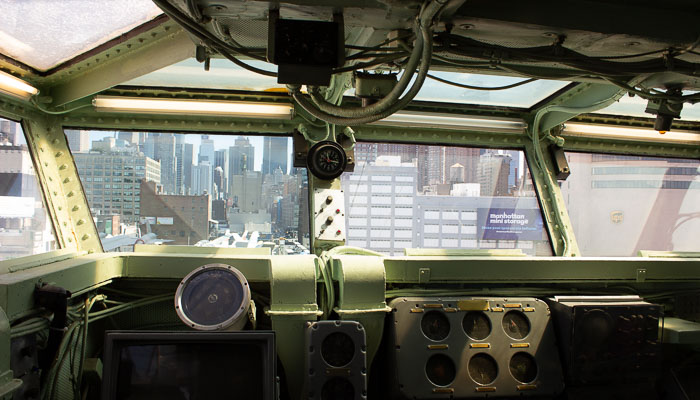

During its World War II service the USS Intrepid was repeatedly attacked by *kamikaze* pilots. 88 crew members died in these attacks. This exhibition looks at this unique form of warfare with interviews from both sides of the conflict, together with a multimedia installation looking at a particularly deadly attack on November 25, 1944.
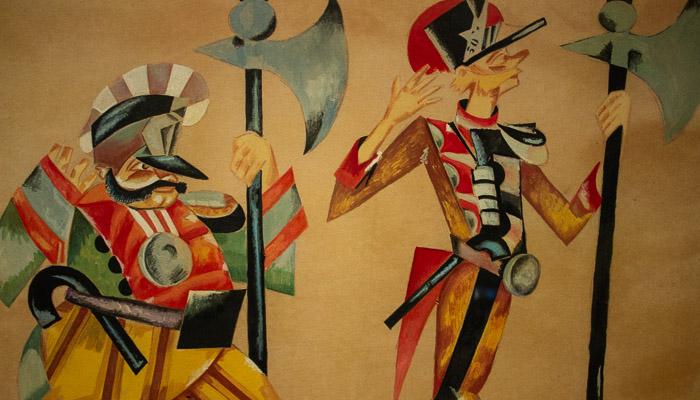

Works from over thirty Ukrainian modern artists are featured in this impactful exhibition. Most of the artwork was recently acquired by the museum and many are on display to the public for the first time. Ukraine’s contribution to the world of Modern Art was significant during the years between the two world wars, but have since often been overlooked. As the rest of the city looks back at the Modern Abstract movement, be sure to include the Ukrainian Museum on your tour.
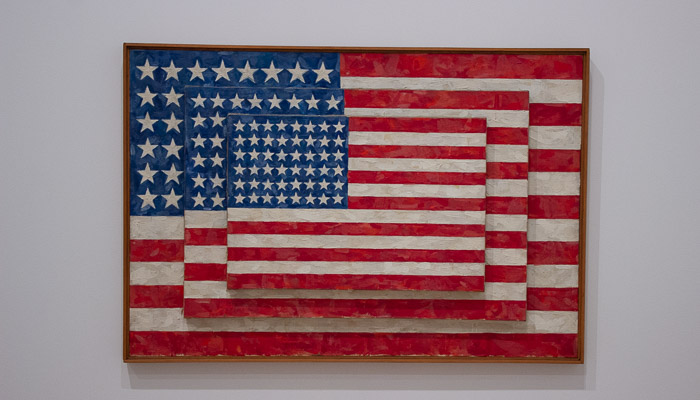

Since moving to its beautiful new home in 2015, the Whitney has shown selections of its permanent collection in rotating exhibitions, a practice that is become more and more common. This season, the permanent collection exhibition focuses on the Whitney's founding collection, supplemented by recent acquisitions. As you would hope, Edward Hopper and Georgia O'Keeffe feature prominently in the exhibition.